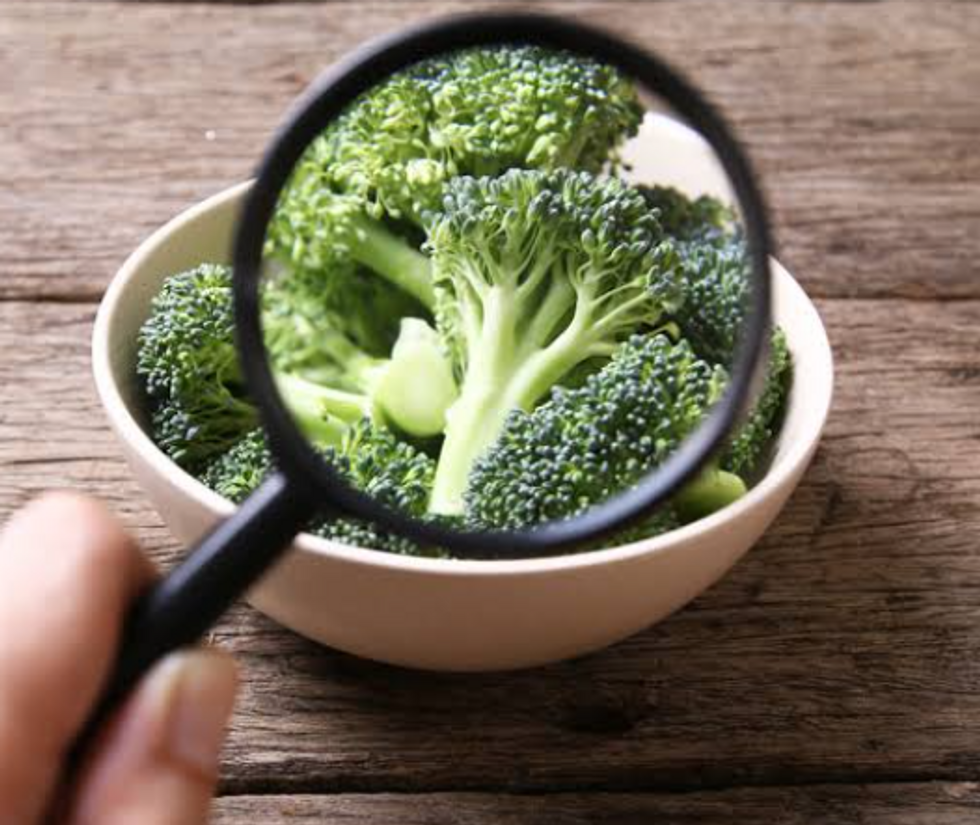Food testing is an essential step in any food production chain. It is done to ascertain the safety of the product for human consumption. Food safety testing ensures the product is free of chemical, biological, and physical hazards. Harmful contaminants could be bacteria, metals, pesticides, additives, and preservatives, among other things. This article looks at food testing methods and why it is essential.
How is Food Testing Done?
Food safety testing can be done in various ways to give accurate information about the safety of the food as well as nutritional information. Here is a list of commonly used methods.
Chemistry Testing
Chemistry testing in food is an essential part of food testing as it focuses on several things such as additives, contaminants, heavy metals, and allergens. Some limited amounts of certain compounds may be allowed depending on the products.
Chemistry testing in food also ensures a food product is free from elements that may make it go rancid quickly, ensuring quality products for consumers.
Microbiology Testing
This method tests for pathogens and living organisms that could harm users of the product. It looks at properties that can make consumers sick and affect the food quality. This could also include hormone testing and bacterial/fungal subtyping.
Nutrition Analysis
It is a process that is done to ascertain the nutritional information of a food product. The information collected is usually indicated on the food product label. It looks at the total calories, vitamins, saturated fats, minerals, and fiber in the food.
Sensory Testing
This is a simple food testing process done in most food laboratories around the world. As the name suggests, food products are tested using human senses that are taste, smell, sight, and sound. However, this method should be backed up by the tests mentioned earlier to give accurate results and information.
Benefits of Food Safety Testing
Food safety testing involvefibreanalysis of food products' contents. Studies show that the food product testing market is expected to grow to about $24.6 Billion by 2023. This process has several benefits that include:
- It controls the quality of food products. Before production, it is done to check the quality of ingredients and then during and after to analyze the final product.
- Food analysis helps the food production industry develop standardized nutrition information on all products.
- Chemistry testing in food is vital for finding out about various food characteristics such as composition, structure, and physicochemical properties.
- It proves or disapproves the claims of the manufacturer regarding the quality of ingredients used.
- During food testing, grading is done regularly to ensure manufacturers abide by set standards and laws.
Conclusion
Food testing is a critical step to preserving the health of consumers. Technological advancement has enabled this process to be done quickly and efficiently. Whether it is chemistry testing in food or microbiology testing, the results can be found after a single run. Testing gives food manufacturers a chance to get certification and auditing services such as GMP, sanitation, and Quality.
















